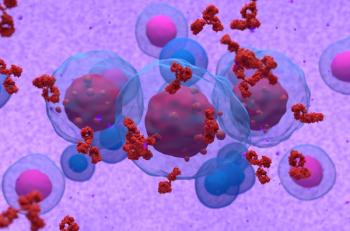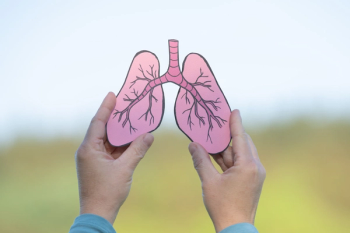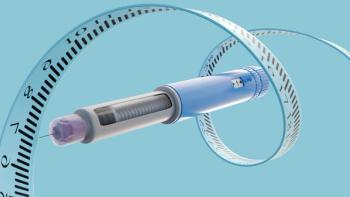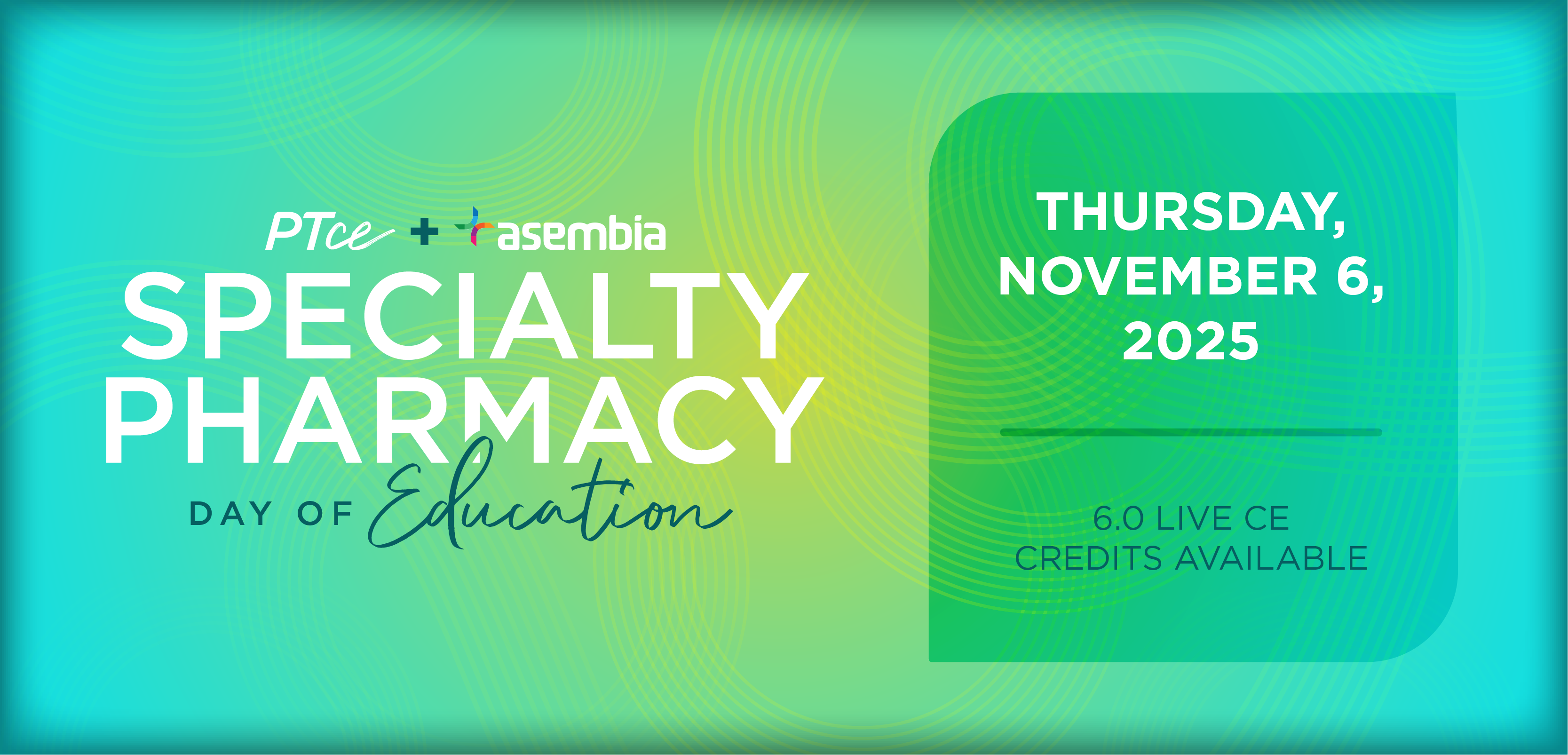
Americans Near Poverty Line Face Significant Gap in Health Care Coverage, May Forego Essential Health Care
Recent estimates suggest that 40% of near-poor individuals on Medicare spend at least one-fifth of their income on health care expenses, according to the study.
Near-poor Americans who rely on Medicare for health insurance face higher medical bills and may forego essential health care, according to new research published in Health Affairs. This finding is attributed to a coverage gap in Medicaid, which supplements Medicare for individuals below the federal poverty threshold but excludes those above the poverty line.
The near-poor are defined as individuals whose incomes are between 100% and 200% of the federal poverty level, or $12,880 to $25,760 for a single person in 2021. This group accounts for approximately 30% of the Medicare population, which generally consists of those 65 years of age and older, and younger individuals with disabilities.
“Medicaid provides vital assistance to low-income people with Medicare by covering Medicare's high out-of-pocket costs and filling in gaps in Medicare coverage,” said lead study author Eric T. Roberts, PhD, assistant professor in Pitt Public Health's Department of Health Policy and Management, in a press release. “However, Medicaid's eligibility rules for low-income, older Americans have changed little in 30 years, exclude people barely above poverty, and make it difficult for those below poverty to enroll. As a result, many older Americans who live on modest incomes have difficulty affording care. We're overdue for modernization of the Medicaid program for older adults.”
Those who don’t qualify for Medicaid must purchase alternative supplemental insurance or pay their Medicare costs out of pocket. Recent estimates suggest that 40% of near-poor individuals on Medicare spend at least one-fifth of their income on health care expenses, according to the study.
The study analyzed a sample of 4602 Medicare beneficiaries with an income less than double the federal poverty line between 2008 and 2016. According to the researchers, 73.3% of Medicare beneficiaries whose incomes were just below Medicaid's eligibility threshold had supplemental health insurance coverage from Medicaid or another source, whereas only 47.5% of the near-poor had such supplemental coverage. This 25.8% difference is referred to by the researchers as a “coverage cliff.”
Those affected by the coverage cliff were 33.1% more likely to spend more than 1 month’s income on health care costs compared to those below the poverty line, and they incurred $2288 in additional out-of-pocket health care spending over 2 years, according to the researchers. Additionally, the study found the near-poor used 55% fewer outpatient and preventive health services and filled fewer prescriptions per year, including fewer chronic disease medications.
“These are the kinds of medications and doctor's appointments that help people manage their health conditions and avoid costly hospital care,” Roberts said in the release. “But even more important, prior research has shown that these medications and doctor's appointments can save lives.”
Roberts and his colleagues suggest expanding Medicaid coverage to include those making at least 150% of the federal poverty limit, offering coverage on a sliding scale so recipients pay no more than a fixed proportion of their income on Medicare costs, simplifying Medicaid’s application process for seniors, and expanding opportunities for qualifying Medicare beneficiaries to enroll in the Medicare Part D "Low-Income Subsidy" to reduce prescription drug costs.
“As the US population ages, analysts forecast a 40% growth in the Medicare population, and that over one-third of Medicare beneficiaries will have low to moderate incomes, making it ever more important to modernize Medicaid now,” Roberts said in the release.
REFERENCE
Health policy researchers propose filling health care coverage gap to help 'near poor' [news release]. April 5, 2021. Accessed April 8, 2021.
Newsletter
Stay informed on drug updates, treatment guidelines, and pharmacy practice trends—subscribe to Pharmacy Times for weekly clinical insights.

















































































































































































































